Home>Furniture & Design>Interior Design Trends>How To Clean Shower Glass Soap Scum
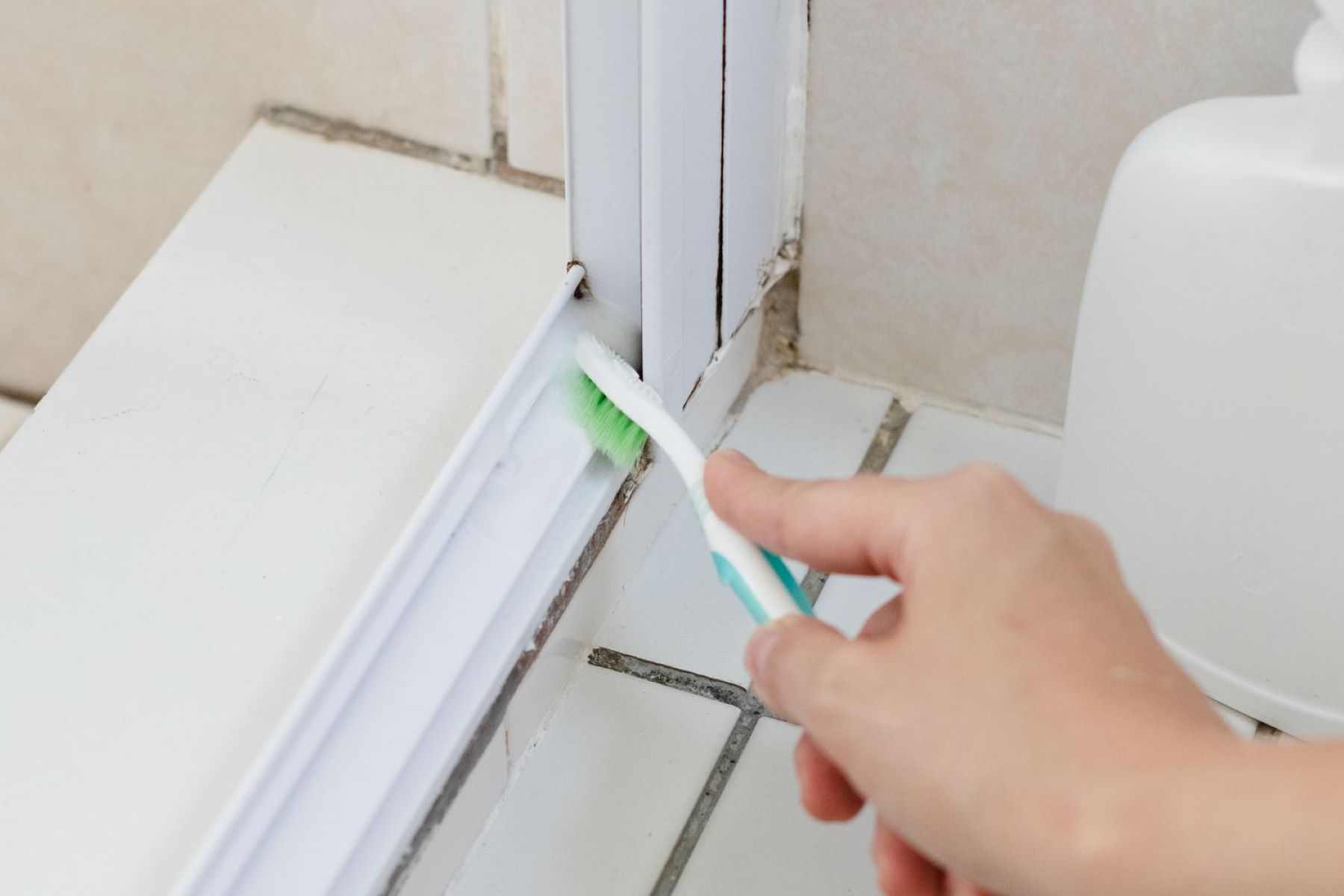

Interior Design Trends
How To Clean Shower Glass Soap Scum
Published: February 7, 2024
Learn the latest interior design trends for cleaning shower glass soap scum. Discover effective techniques and products to keep your shower glass sparkling and clear.
(Many of the links in this article redirect to a specific reviewed product. Your purchase of these products through affiliate links helps to generate commission for Storables.com, at no extra cost. Learn more)
Introduction
Cleaning shower glass can be a daunting task, especially when faced with stubborn soap scum buildup. Over time, soap scum can accumulate on the glass surfaces, leaving unsightly stains and making the shower appear less inviting. However, with the right approach and tools, you can effectively restore the clarity and shine of your shower glass.
Soap scum is a result of the interaction between soap and hard water, leading to the formation of a filmy residue on the glass. This buildup not only affects the aesthetic appeal of the shower but also poses a challenge when it comes to cleaning. Fortunately, by understanding the nature of soap scum and employing the appropriate cleaning techniques, you can achieve remarkable results and maintain the pristine condition of your shower glass.
In this comprehensive guide, we will delve into the intricacies of cleaning shower glass soap scum, providing you with practical steps and valuable insights to tackle this common household issue. By following these methods, you can effectively remove soap scum and prevent its recurrence, ensuring that your shower glass remains crystal clear and free from unsightly residue.
Understanding the underlying causes of soap scum and the specific tools and materials required for the cleaning process is essential for achieving optimal results. Furthermore, we will explore preventive measures to minimize soap scum buildup, allowing you to maintain a sparkling and inviting shower space.
Embark on this journey to discover the most effective techniques for cleaning shower glass soap scum, and take the first step towards revitalizing your shower and enhancing the overall cleanliness and appeal of your bathroom. Let's dive into the world of soap scum removal and restoration, empowering you with the knowledge and skills to conquer this common cleaning challenge.
Key Takeaways:
- Say goodbye to soap scum! Use white vinegar, dish soap, and a squeegee to restore your shower glass to its sparkling best. Prevent future buildup with regular maintenance and ventilation.
- Fight soap scum with the right tools and techniques. Scrub gently with a soft brush, rinse thoroughly, and squeegee for a streak-free finish. Keep your shower glass crystal clear with proactive measures.
Read more: How To Prevent Soap Scum On Shower Glass
Understanding Soap Scum
Soap scum is a stubborn residue that forms on shower glass surfaces due to the interaction between soap, hard water, and body oils. When soap mixes with the minerals present in hard water, such as calcium and magnesium, it creates a sticky film that adheres to the glass. Additionally, the combination of soap, water, and body oils leads to the formation of a greasy layer that further contributes to the buildup of soap scum.
The appearance of soap scum can vary, ranging from a hazy film to more pronounced, opaque stains on the glass surface. Over time, if left untreated, soap scum can become increasingly difficult to remove, detracting from the overall cleanliness and visual appeal of the shower.
Understanding the composition of soap scum is crucial for selecting the most effective cleaning solutions and techniques. The presence of mineral deposits and organic compounds in soap scum necessitates the use of cleaning agents that can effectively break down and dissolve these components. Moreover, the tenacious nature of soap scum requires thorough scrubbing to dislodge and remove the residue from the glass.
By comprehending the factors that contribute to the formation of soap scum, you can approach the cleaning process with insight and precision. This understanding empowers you to choose the appropriate tools and materials, ensuring that you can effectively combat soap scum and restore the pristine condition of your shower glass.
As we delve deeper into the cleaning process, this knowledge will serve as a foundation for implementing targeted strategies to eliminate soap scum and prevent its recurrence. With a clear understanding of the nature of soap scum, you are equipped to tackle this cleaning challenge with confidence and achieve remarkable results, revitalizing the appearance of your shower glass and maintaining a hygienic and inviting bathroom environment.
Tools and Materials Needed
To effectively tackle the task of cleaning shower glass soap scum, it is essential to gather the appropriate tools and materials. Equipping yourself with the right resources will streamline the cleaning process and ensure optimal results. Here's a comprehensive list of the tools and materials you will need:
Tools:
- Microfiber Cloth: A soft and absorbent microfiber cloth is ideal for wiping and drying the glass surface without leaving lint or streaks behind.
- Squeegee: A high-quality squeegee facilitates the removal of cleaning solution and water from the glass, promoting a streak-free finish.
- Soft Bristle Brush: A gentle brush with soft bristles is essential for scrubbing the glass surface without causing scratches or damage.
- Spray Bottle: A spray bottle allows for the even application of cleaning solutions onto the glass, ensuring thorough coverage.
- Plastic Scraper: A plastic scraper can be used to gently remove stubborn buildup without scratching the glass.
Materials:
- White Vinegar: White vinegar is a versatile and effective natural cleaner that can dissolve mineral deposits and soap scum on the glass.
- Dish Soap: Mild dish soap serves as a degreasing agent, aiding in the removal of oily residues from the glass surface.
- Baking Soda: Baking soda acts as a gentle abrasive, assisting in the scrubbing process to dislodge tough soap scum.
- Rubbing Alcohol: Rubbing alcohol is useful for dissolving and removing greasy residues and soap scum from the glass.
- Lemon Juice: The acidic properties of lemon juice make it an excellent natural cleaner for combating soap scum and mineral deposits.
By assembling these tools and materials, you are well-prepared to embark on the journey of cleaning shower glass soap scum. Each item serves a specific purpose in the cleaning process, enabling you to address the various aspects of soap scum removal with precision and effectiveness. With these resources at your disposal, you can proceed to the next steps with confidence, knowing that you have the necessary tools and materials to achieve a sparkling and pristine finish on your shower glass.
Read more: How To Clean Soap Scum Off Glass
Step 1: Preparing the Glass Surface
Before diving into the cleaning process, it is crucial to prepare the glass surface to optimize the effectiveness of the subsequent steps. Proper preparation sets the stage for thorough cleaning and ensures that the cleaning solutions can penetrate and dislodge the stubborn soap scum effectively.
Clearing the Area
Begin by removing any personal care products, such as shampoo bottles, soap dishes, and loofahs, from the shower area. Clearing the space allows for unobstructed access to the glass surfaces, enabling you to work efficiently and cover the entire area during the cleaning process.
Ventilation
Proper ventilation is essential to create a conducive environment for cleaning. Open the bathroom window or turn on the exhaust fan to promote air circulation and prevent the accumulation of fumes from the cleaning solutions. Adequate ventilation also expedites the drying process, ensuring that the glass surfaces can be thoroughly dried after cleaning.
Protective Measures
Consider protecting any metal fixtures, such as shower door frames and handles, from exposure to cleaning solutions. Some cleaning agents may have corrosive properties that can damage metal surfaces. Use masking tape or a protective barrier to shield these fixtures, safeguarding them from potential harm during the cleaning process.
Read more: How To Clean Soap Scum Off A Shower Tile
Pre-Cleaning Inspection
Conduct a visual inspection of the glass surface to identify any areas of heavy buildup or stubborn soap scum. This assessment allows you to prioritize specific areas that may require additional attention during the cleaning process. By noting the extent of the soap scum accumulation, you can tailor your cleaning approach to address the varying degrees of buildup across the glass surfaces.
Preliminary Rinse
To facilitate the removal of loose debris and surface grime, give the glass a preliminary rinse with water. Use a handheld showerhead or a bucket of water to wet the glass thoroughly. This initial rinse helps dislodge loose particles and prepares the glass for the application of cleaning solutions, ensuring that the subsequent cleaning steps can target the underlying soap scum effectively.
By meticulously preparing the glass surface through these preliminary steps, you establish the optimal conditions for a successful cleaning process. This thoughtful preparation sets the foundation for the subsequent cleaning steps, allowing you to approach the task with thoroughness and precision. With the glass surface primed for cleaning, you are ready to proceed to the next step of applying the cleaning solution and tackling the stubborn soap scum with confidence and efficiency.
Step 2: Applying the Cleaning Solution
Once the glass surface is prepared, it's time to apply the cleaning solution to effectively target and dissolve the stubborn soap scum. The choice of cleaning solution plays a pivotal role in breaking down the mineral deposits and greasy residues that contribute to the formation of soap scum. Here's a detailed guide on applying the cleaning solution to achieve optimal results:
Selecting the Cleaning Solution
Choose a cleaning solution that is specifically formulated to combat soap scum and mineral deposits on glass surfaces. White vinegar, renowned for its acidic properties, is a popular and effective option for tackling soap scum. Its ability to dissolve mineral deposits and cut through greasy residues makes it an ideal choice for restoring the clarity of shower glass. Alternatively, a mixture of mild dish soap and water can serve as a degreasing agent, aiding in the removal of oily residues from the glass.
Read more: How To Get Soap Scum Off Glass
Application Method
Fill a spray bottle with the chosen cleaning solution, ensuring that it is evenly mixed and ready for application. Hold the spray bottle approximately 6-8 inches away from the glass surface and mist the cleaning solution across the entire area affected by soap scum. The even application of the solution ensures comprehensive coverage, allowing it to penetrate and loosen the stubborn residue effectively.
Dwell Time
Allow the cleaning solution to dwell on the glass surface for a few minutes to facilitate the breakdown of soap scum and mineral deposits. The dwell time enables the active components of the cleaning solution to work on dissolving and dislodging the buildup, preparing it for the subsequent scrubbing process. During this period, the cleaning solution penetrates the soap scum, softening it and making it more responsive to the scrubbing action.
Targeted Treatment
For areas with particularly heavy soap scum buildup, consider applying an additional layer of the cleaning solution to intensify the treatment. Focus on these specific areas, ensuring that the cleaning solution is adequately distributed to address the concentrated soap scum. This targeted treatment allows for a more thorough and effective removal of stubborn residue, enhancing the overall cleanliness and clarity of the glass surface.
By following these steps for applying the cleaning solution, you set the stage for the subsequent scrubbing process, ensuring that the soap scum is primed for removal. The application of the appropriate cleaning solution, coupled with strategic targeting and adequate dwell time, lays the groundwork for a successful cleaning endeavor, bringing you closer to achieving sparkling and pristine shower glass.
Step 3: Scrubbing the Glass
With the cleaning solution effectively priming the soap scum for removal, the next crucial step involves the meticulous scrubbing of the glass surface to dislodge and eliminate the stubborn residue. This process requires attention to detail and a methodical approach to ensure that the soap scum is thoroughly addressed, restoring the clarity and cleanliness of the shower glass.
Read more: How To Get Soap Scum Off A Shower Curtain
Choosing the Right Tool
Select a soft bristle brush or non-abrasive scrubbing pad to avoid scratching or damaging the glass surface during the scrubbing process. The gentle yet effective nature of these tools allows for the targeted removal of soap scum without compromising the integrity of the glass. Additionally, consider using a plastic scraper for areas with particularly stubborn buildup, employing it with caution to avoid any potential damage to the glass.
Technique and Pressure
Begin scrubbing the glass surface in a circular or back-and-forth motion, focusing on areas where soap scum is most prevalent. Apply moderate pressure to the brush or scrubbing pad, ensuring that it effectively dislodges the residue without causing undue stress on the glass. Pay special attention to corners, edges, and any intricate patterns on the glass, as these areas may harbor hidden soap scum that requires thorough scrubbing.
Persistence and Thoroughness
Work systematically across the entire glass surface, persistently addressing each section to ensure comprehensive coverage. Be thorough in your approach, dedicating attention to areas with varying degrees of soap scum buildup. As you scrub, periodically assess the progress to gauge the effectiveness of the cleaning process, adjusting your technique and focus as needed to achieve optimal results.
Additional Treatment for Stubborn Areas
For areas with persistent soap scum that resist initial scrubbing efforts, consider reapplying the cleaning solution to intensify the treatment. Allow the solution to dwell for a brief period before resuming the scrubbing process, leveraging the softened state of the soap scum to facilitate its removal. This targeted approach ensures that even the most stubborn residue is addressed with precision and persistence.
Read more: How To Get Rid Of Soap Scum On Glass
Rinsing and Evaluation
Once the scrubbing process is complete, thoroughly rinse the glass surface with water to remove the loosened soap scum and residual cleaning solution. Use a squeegee to remove excess water and promote a streak-free finish. Evaluate the glass for any remaining traces of soap scum, addressing any lingering spots with targeted scrubbing as necessary.
By meticulously following these steps for scrubbing the glass, you can effectively dislodge and eliminate soap scum, unveiling the pristine clarity of the shower glass. This methodical approach, coupled with attention to detail and persistence, ensures that the cleaning process yields remarkable results, leaving the glass surface sparkling and free from unsightly residue.
Step 4: Rinsing and Drying
Once the scrubbing process is complete, it is essential to proceed with thorough rinsing and drying to achieve a pristine and streak-free finish on the shower glass. This final step ensures that any residual cleaning solution and dislodged soap scum are effectively removed, leaving the glass surface sparkling and inviting.
Rinsing the Glass
Begin by rinsing the glass surface thoroughly with clean water, using a handheld showerhead or a bucket of water to ensure comprehensive coverage. The gentle flow of water helps wash away the loosened soap scum and residual cleaning solution, leaving the glass free from any lingering residue. Pay particular attention to corners, edges, and intricate patterns on the glass, ensuring that all areas receive adequate rinsing.
Squeegee Technique
After rinsing, use a high-quality squeegee to remove excess water from the glass. Starting from the top of the glass, pull the squeegee in a smooth, overlapping motion, working your way down to the bottom. This technique effectively removes water droplets and promotes a streak-free finish, leaving the glass surface clear and pristine. Periodically wipe the squeegee blade with a clean cloth to prevent water streaks during the drying process.
Read more: How To Remove Soap Scum From Glass
Microfiber Drying
Following the squeegeeing process, use a soft and absorbent microfiber cloth to dry the glass surface thoroughly. Wipe the glass in a systematic manner, ensuring that all areas are dried to prevent the formation of water spots or streaks. The microfiber cloth absorbs moisture effectively and leaves the glass surface free from lint or residue, contributing to a flawless and inviting appearance.
Final Inspection
Conduct a visual inspection of the glass surface to ensure that it is completely dry and free from any residual soap scum or streaks. Check for any missed spots or areas that may require additional drying, addressing them promptly to achieve a uniformly clean and clear finish. This meticulous inspection guarantees that the glass is ready to showcase its pristine clarity and cleanliness.
By meticulously following the rinsing and drying process, you can achieve a remarkable transformation of the shower glass, restoring its sparkle and inviting allure. This final step ensures that the cleaning process culminates in a visually stunning and hygienic glass surface, elevating the overall appeal of the shower and creating a refreshing and rejuvenating bathing environment.
Preventing Soap Scum Build-Up
Preventing soap scum build-up is essential for maintaining the pristine condition of shower glass and minimizing the need for frequent intensive cleaning. By implementing proactive measures and incorporating preventive strategies into your regular cleaning routine, you can effectively deter the accumulation of soap scum, preserving the clarity and cleanliness of the glass surfaces.
Squeegee After Each Use
After each shower, make it a habit to use a squeegee to remove excess water from the glass. This simple yet effective practice prevents water droplets from drying on the surface and forming mineral deposits, which contribute to the formation of soap scum. By squeegeeing the glass after every use, you minimize the opportunity for soap scum to develop, maintaining the glass's pristine appearance.
Ventilation and Drying
Proper ventilation is crucial for reducing moisture levels in the bathroom, thereby inhibiting the conditions conducive to soap scum formation. Ensure that the bathroom is well-ventilated during and after showering to expedite the drying process. Additionally, consider leaving the shower door or curtain partially open to allow air circulation, aiding in the evaporation of residual moisture and deterring the accumulation of soap scum.
Use Liquid Soap or Body Wash
Opt for liquid soap or body wash instead of bar soap, as these alternatives leave behind fewer residues that contribute to soap scum formation. Bar soaps contain fats and oils that can combine with minerals in hard water to form stubborn soap scum. By choosing liquid alternatives, you minimize the potential for residue accumulation, thereby reducing the likelihood of soap scum build-up on the glass surfaces.
Regular Maintenance Cleaning
Incorporate regular maintenance cleaning into your bathroom care routine to prevent soap scum from becoming entrenched. Periodically wipe down the shower glass with a mild cleaning solution to remove any potential soap scum precursors before they solidify. This proactive approach minimizes the opportunity for soap scum to develop, preserving the pristine condition of the glass and simplifying the overall cleaning process.
Water Softening Solutions
Consider installing a water softening system to mitigate the impact of hard water on the formation of soap scum. Water softeners reduce the mineral content in the water, decreasing the likelihood of mineral deposits adhering to the glass surfaces. By addressing the root cause of soap scum formation, water softening solutions offer a proactive and long-term approach to preventing soap scum build-up.
By integrating these preventive measures into your bathroom maintenance routine, you can effectively deter the accumulation of soap scum, preserving the clarity and cleanliness of your shower glass. These proactive strategies not only minimize the need for intensive cleaning but also contribute to a hygienic and visually appealing bathing environment, ensuring that your shower glass remains inviting and free from unsightly residue.
Read more: How To Clean Shower Glass Door
Conclusion
In conclusion, the process of cleaning shower glass soap scum involves a meticulous and systematic approach to restore the pristine clarity and cleanliness of the glass surfaces. By understanding the nature of soap scum and employing targeted cleaning techniques, you can effectively combat this common household challenge and maintain an inviting and hygienic shower environment.
The journey of cleaning shower glass soap scum begins with a comprehensive understanding of the factors contributing to its formation. Soap scum, a result of the interaction between soap, hard water, and body oils, necessitates the use of specific cleaning solutions and tools to address its tenacious nature. Armed with this knowledge, you can approach the cleaning process with insight and precision, ensuring that the chosen methods effectively target and eliminate soap scum.
The selection of appropriate tools and materials is paramount in achieving optimal results. From microfiber cloths and squeegees to white vinegar and mild dish soap, each item plays a crucial role in the cleaning process. Equipped with these resources, you are prepared to embark on the journey of restoring the clarity and sparkle of your shower glass.
The step-by-step process, from preparing the glass surface to applying the cleaning solution, scrubbing, and thorough rinsing and drying, ensures that soap scum is effectively dislodged and removed. The meticulous attention to detail and persistence in addressing stubborn residue culminate in a visually stunning and inviting glass surface, elevating the overall appeal of the shower and creating a refreshing bathing environment.
Furthermore, the implementation of preventive measures, such as squeegeeing after each use, promoting ventilation, and incorporating regular maintenance cleaning, serves as a proactive approach to minimize soap scum build-up. By integrating these strategies into your routine, you can deter the accumulation of soap scum, preserving the pristine condition of your shower glass and simplifying the overall cleaning process.
In essence, the journey of cleaning shower glass soap scum is a transformative endeavor that goes beyond mere maintenance. It is a testament to the dedication to creating a hygienic, visually appealing, and inviting bathroom environment. By embracing the knowledge and techniques shared in this guide, you are empowered to conquer the challenge of soap scum and elevate the cleanliness and allure of your shower glass, ensuring a rejuvenating and revitalizing bathing experience for years to come.
Frequently Asked Questions about How To Clean Shower Glass Soap Scum
Was this page helpful?
At Storables.com, we guarantee accurate and reliable information. Our content, validated by Expert Board Contributors, is crafted following stringent Editorial Policies. We're committed to providing you with well-researched, expert-backed insights for all your informational needs.
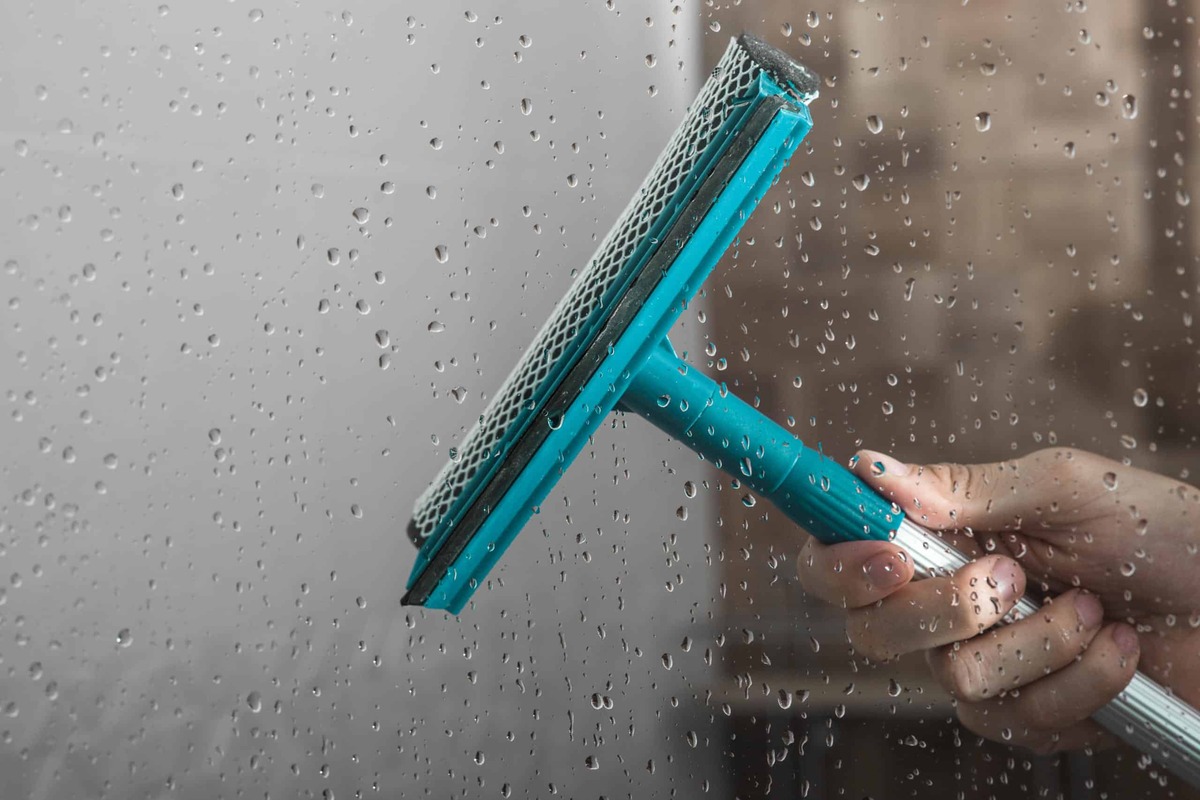
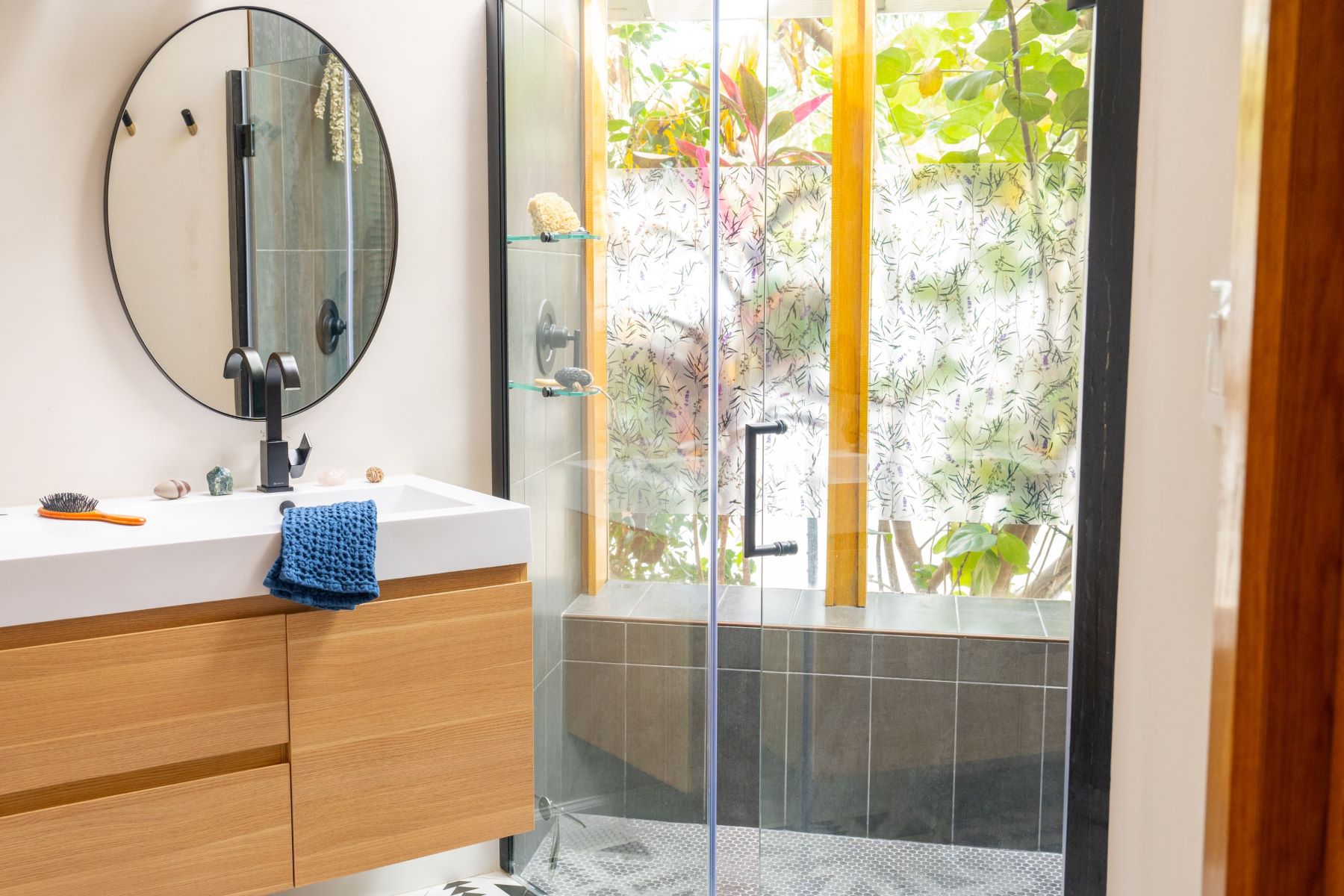
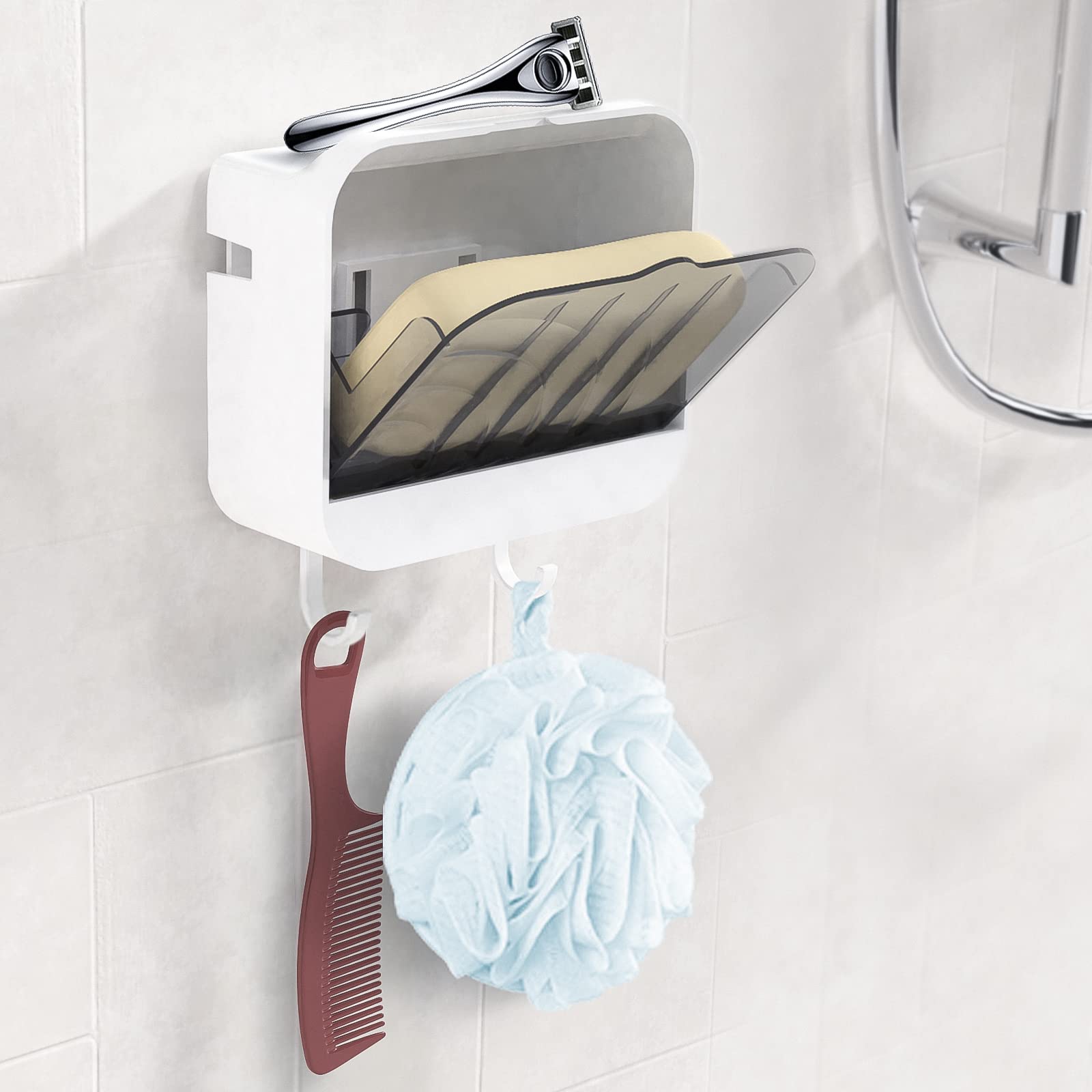
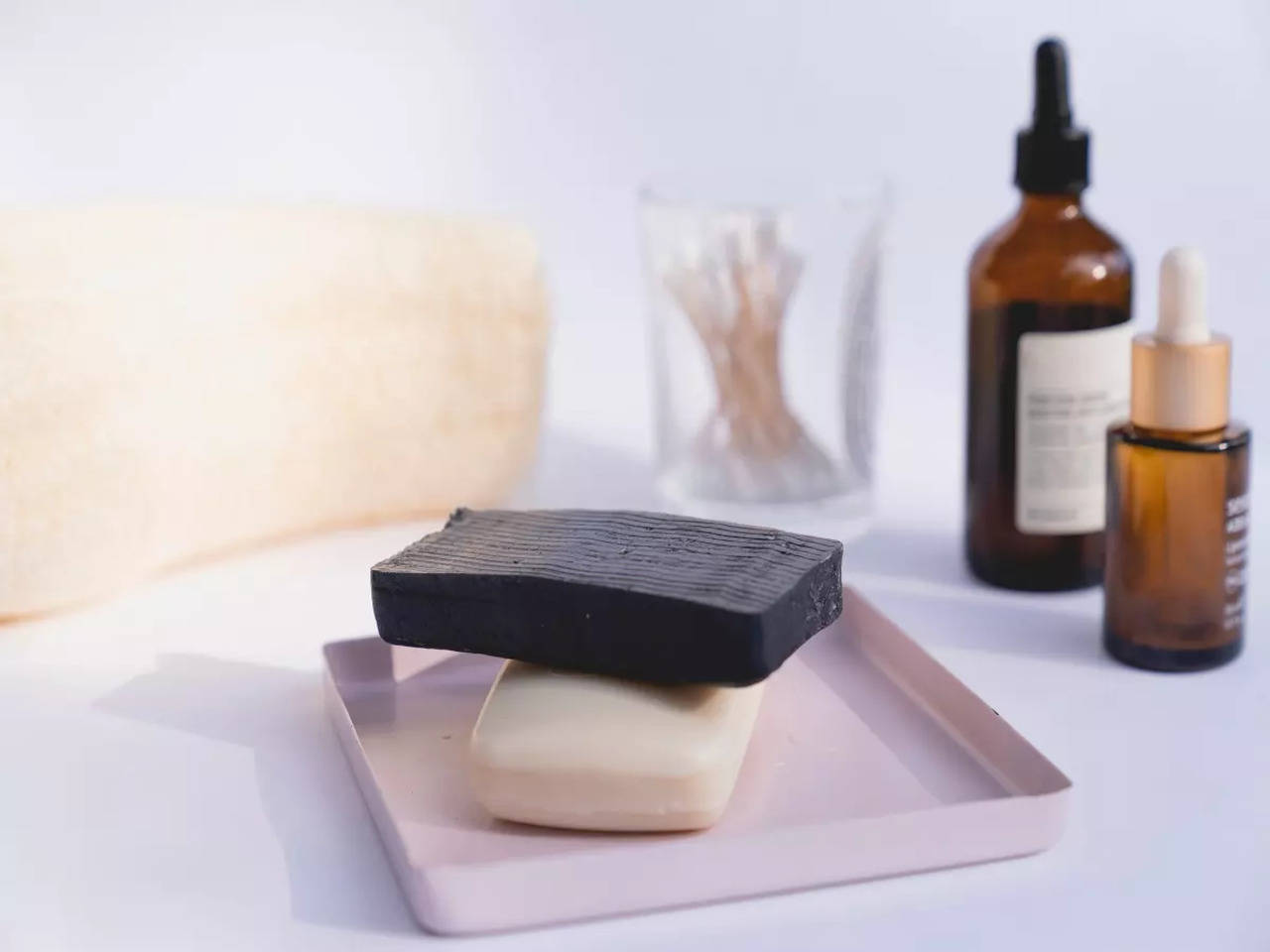
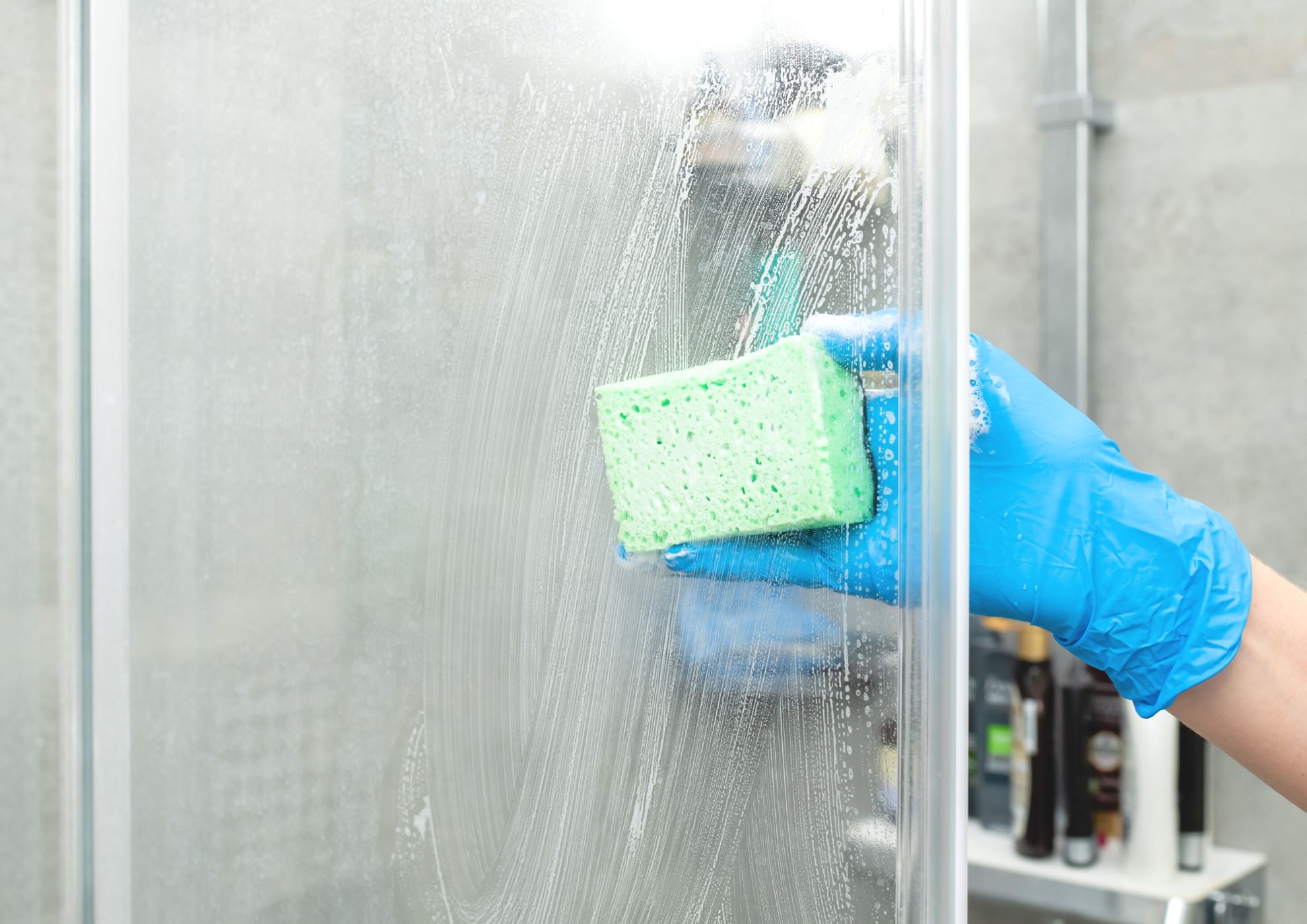
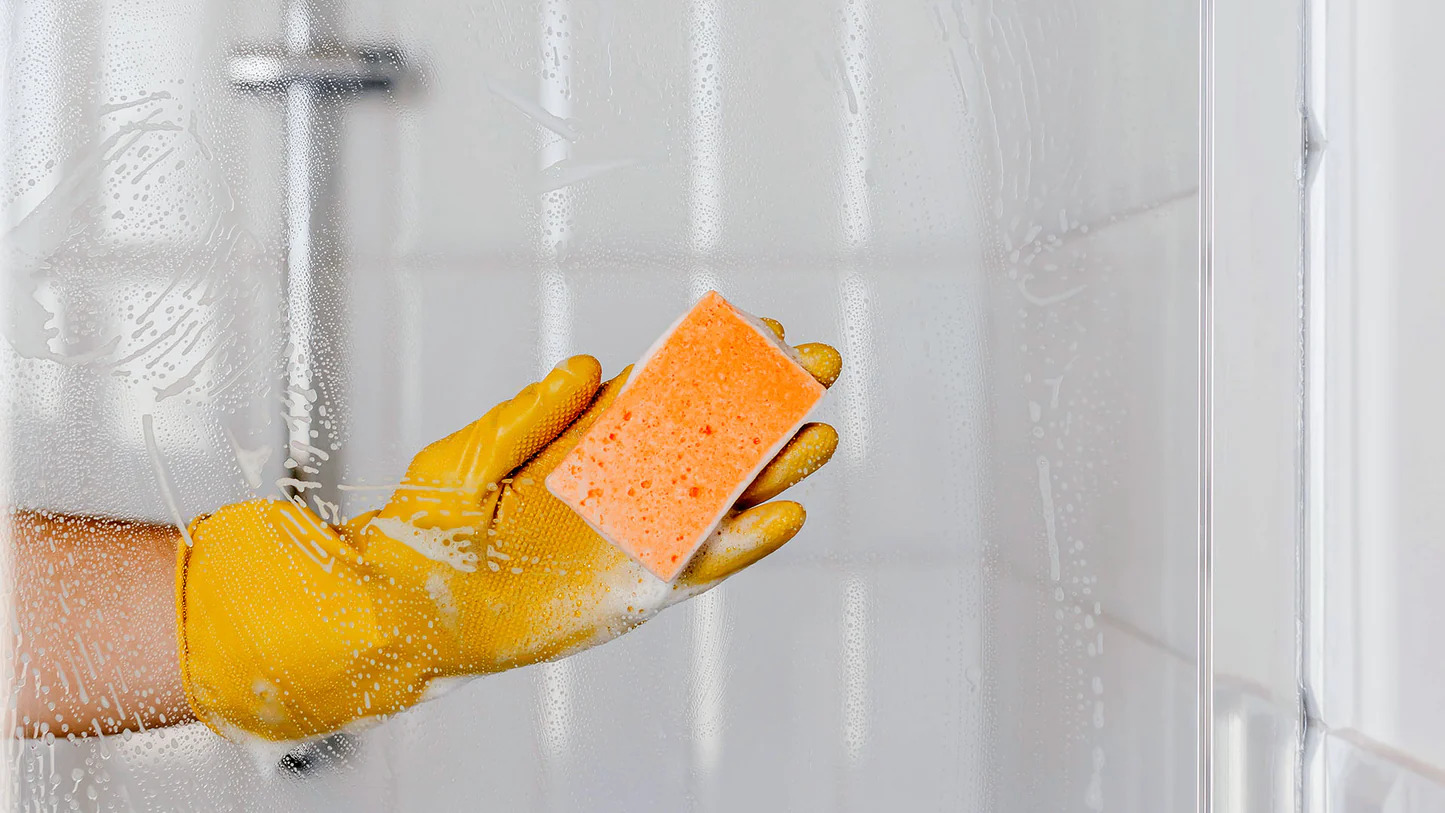
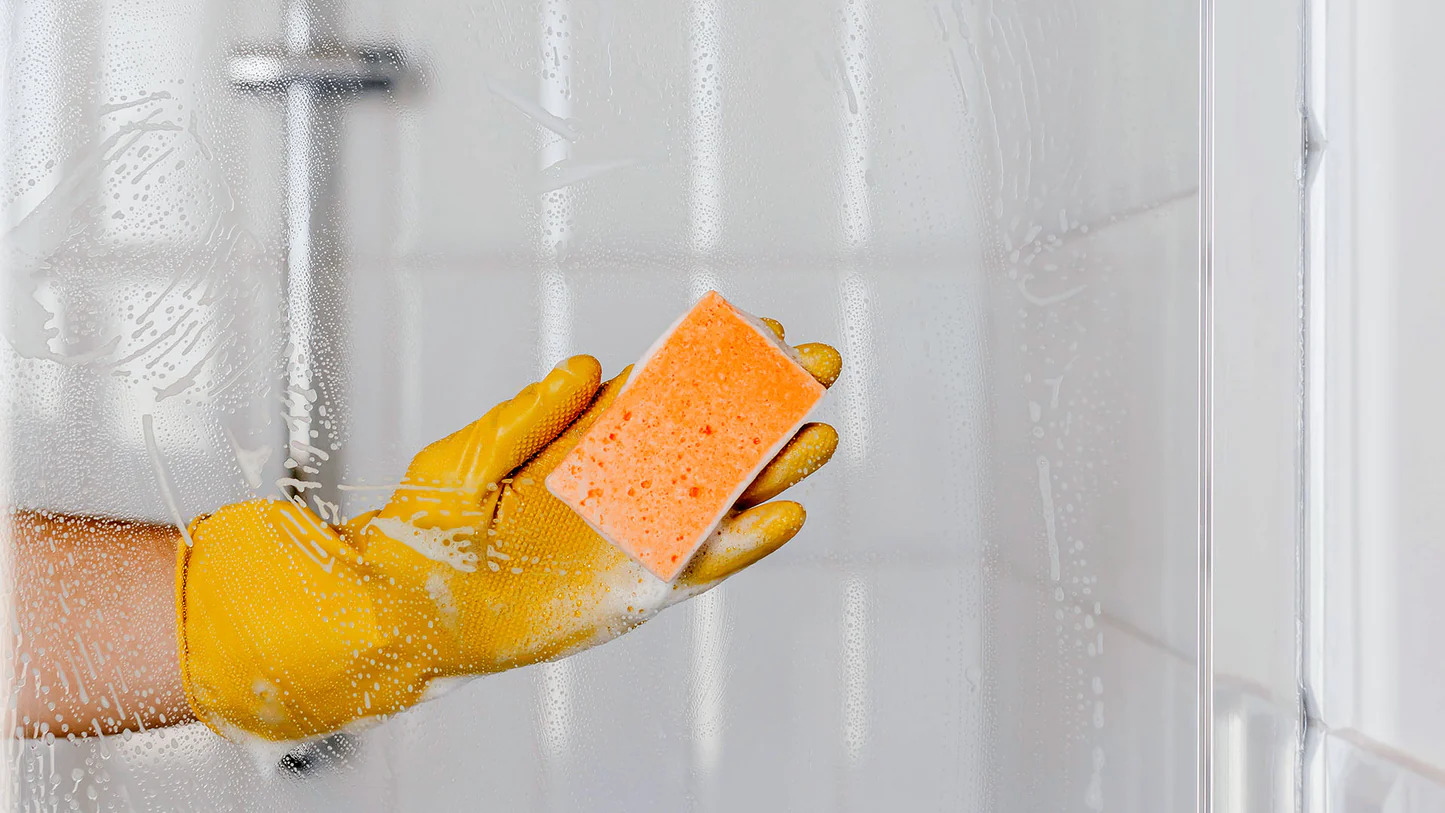

0 thoughts on “How To Clean Shower Glass Soap Scum”